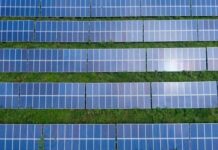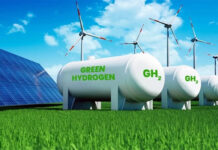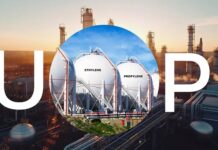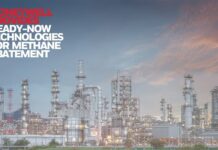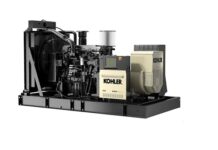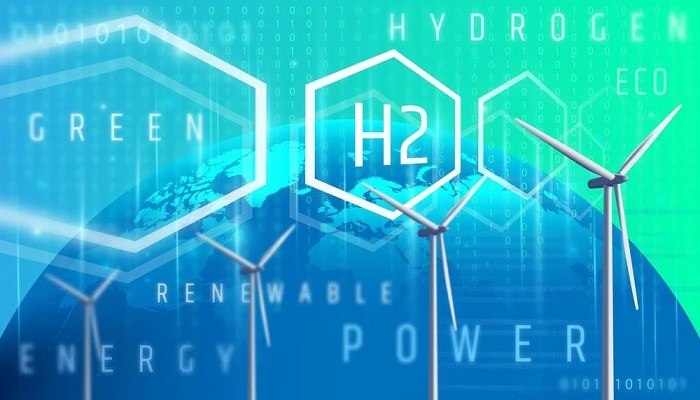It is worth taking into consideration that the Multi-Year Program Plan- MYPP sets forth the mission, objectives, and strategic approach of the Hydrogen and Fuel Cell Technologies Office- HFTO relative to the wider clean energy priorities of the U.S. Department of Energy- DoE.
In sync with the priorities in the US National Clean Hydrogen Strategy and Roadmap, the MYPP goes on to identify the issues that should be overcome so as to realize the total potential when it comes to clean hydrogen as well as fuel cells and also explains how the HFTO’s research, development, and demonstration activities will go ahead and enable challenges in the near, mid, and also long-term.
The fact is that the MYPP happens to serve as a functional guide and also a worthy resource so as to communicate the priorities of HFTOs and also the RD&D activities to the public and also stakeholders. It goes on to offer an overview pertaining to the priority areas of the HFTO and also relevant pathways for the RD&Ds that are crucial in advancing as well as de-risking tech that is primed to speed-up the clean hydrogen economy’s emergence.
There happen to be certain specific targets that have been outlined in the MYPP such as:
The clean hydrogen production cost of $2 per kg in 2 years, i.e., by 2026 and $1 per kg by 2031.
Electrolyzer systems will cost $250 per kW for low-temperature electrolyzers and $500 per kW for high-temperature electrolyzers by 2026.
Dispensed hydrogen cost pertaining to heavy-duty vehicles of $7 per kg by 2028.
Fuel cell systems cost in case of heavy duty transportation of $80 per kW by 2030.
Fuel cell system cost for heavy-duty transportation will be $80 per kilowatt by 2030.
The following sections go on to summarize the technical areas that have been covered in the MYPP and go on to link to the most up-to-date technical objectives and resources for such technologies.
Infrastructure for Hydrogen
Hydrogen infrastructure stresses on the materials, component, and system-level RD&D in order to advance affordable as well as accessible delivery and also storage infrastructure choices.
Fuel Cell Technologies
These happen to focus on materials, components, as well as the system-level RD&D for numerous types of fuel cell technologies so as to enable highly efficient conversion when it comes to clean hydrogen for end uses like backup power generation and transportation.
The Production of Hydrogen
Hydrogen Production goes on to emphasize materials, components, and system-level RD&D so as to enable affordable production of hydrogen by way of diverse renewable domestic resources.
Systems Analysis
Systems analysis has in it cross-cutting topics such as data, modeling, and analysis that go ahead and guide RD&D and also takes cognizance of priority markets in terms of clean hydrogen technology and impact evaluation.
Systems Development and Integration
This goes on to focus on the development as well as integration of complete hydrogen systems in order to enable novel demonstrations pertaining to energy systems rolling out clean hydrogen and fuel cell technologies in sectors that happen to be hard-to-decarbonize.
Safety, Codes as well as Benchmarks
Safety, codes along with the Standards takes into account cross-cutting topics, such as RD&D, which talks about safe design and operation when it comes to clean hydrogen technologies, while at the same time addressing regulatory as well as permitting issues.




